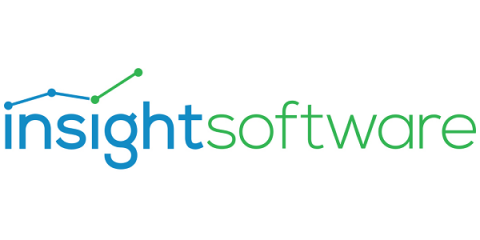Your Complete Guide to Mortgage Document Processing with AI
Businesses across various sectors want to leverage AI to increase efficiency, reduce cost, enhance customer experience, or do all that in one go. The mortgage industry is feeling it, too, thanks to the several potential areas where AI technologies can impact. For instance, AI can help mortgage lenders by: In fact, according to a Fannie Mae survey, mortgage lenders believe compliance, underwriting, and property valuation are all ripe for AI integration.











